
Important Notice for Existing and Potential Clients: As from 4th March 2013, Phil Lomax, Director and Principal Consultant of Green Dimensions is moving to take up a position as Principal Ecologist at Thomson Ecology. |
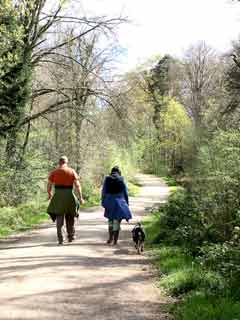 |
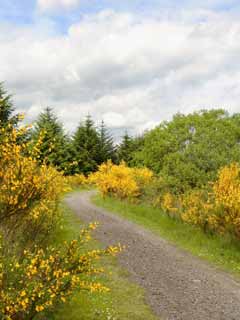 |
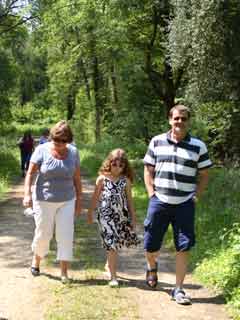 |
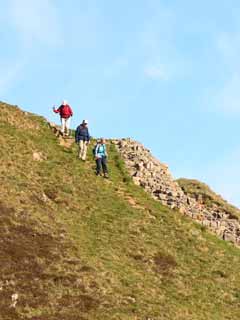 |
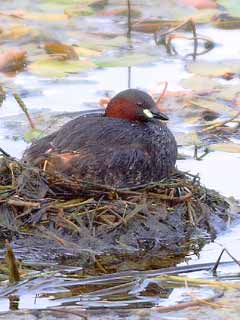 |
 |
 |
|
News and Information More Evidence for the Health Benefits of Natural Greenspace Recent research findings both in the UK and Holland continue to highlight and reinforce the health benefits of regular contact with nature and the natural environment. Just a small 'dose' of nature every day will benefit people's mood, self-esteem and mental health, a new study by the University of Essex has shown. And researchers from the VU University Medical Centre in Amsterdam have found more evidence that living near a 'greenspace' has health benefits. What is the Best Dose of Nature and Green Exercise for Improving Mental Health?
1. Exposure duration: both self esteem and mood showed greatest changes for the least duration (5 min), both showed smaller positive improvements for <1 h and half-day activities, and both increased for whole day activities. This is the first time in the scientific literature, that a dose-response relationship for the positive effects of nature on human mental health has been demonstrated. The researchers concluded that green exercise should be developed for therapy purposes (green care), that planners and architects should improve access to green space (green design), and that children’s learning should include working in outdoor settings (green education). A challenge for policy makers is that recommendations on physical activity are easily made but rarely adopted widely as public policy, said Professor Pretty. Simple prescriptions are unlikely to be adopted by whole populations unless supported by shifts in urban design, transport policy, support for social care, parenting, and patients’ expectations of their doctors. The authors conclude that there is a natural health service available to everyone that complements the National Health Service. The full paper published in the American journal, Environmental Science and Technology in May 2010 is available by contacting Professor Jules Pretty at: jpretty@essex.ac.uk . How Close to Greenspace Do You Need to Live Before it is of Health Benefit?
The results revealed that the health benefits for most of the diseases were only seen when the greenspace was within a one kilometre radius of the home. The exceptions to this were anxiety disorders, infectious diseases of the digestive system and medically unexplained physical symptoms which were seen to benefit even when the green spaces were within three kilometres of the home. The biggest impact was on anxiety disorders and depression – showing parallels with the mental health benefits found in the University of Essex study. The annual prevalence of anxiety disorders for those living in a residential area containing 10% of green space within a one kilometre radius of their home was 26 per 1000 whereas for those living in an area containing 90% of green space it was 18 per 1000. For depression the rates were 32 per 1000 for the people in the more built up areas and 24 per 1000 for those in the greener areas. The researchers also showed that this relation was strongest for children younger than 12. They were 21% less likely to suffer from depression in the greener areas.
Two unexpected findings were that the greener places did not show benefits for high blood pressure and that the relation appeared stronger for people aged 46 to 65 than for the elderly. The researchers think the green spaces help recovery from stress and offer greater opportunities for social contacts. They say the free physical exercise and better air quality could also contribute. Dr Jolanda Maas of the VU University Medical Centre in Amsterdam, is quoted as saying that: "It clearly shows that green spaces are not just a luxury but they relate directly to diseases and the way people feel in their living environments. Most of the diseases which are related to green spaces are diseases which are highly prevalent and costly to treat so policy makers need to realise that this is something they may be able to diminish with green spaces." The full paper can be found at: "Morbidity is related to a green living environment." |
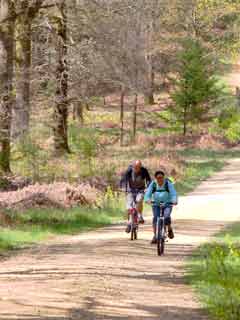 |
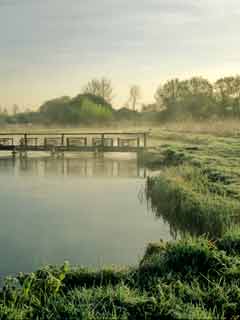 |
 |
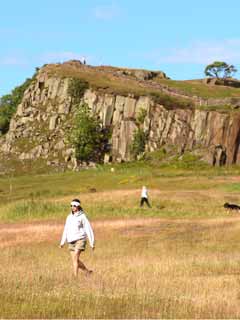 |
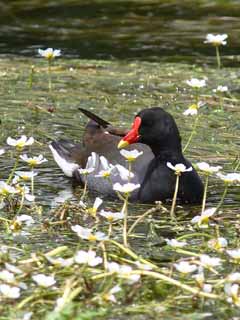 |
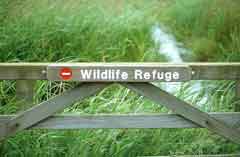 |
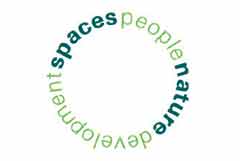 |

Web Site Development and Wildlife Photography by Andrew Walmsley |
Copyright © 2008 Phil Lomax and Andrew Walmsley All rights reserved Copyright notice Terms and conditions |